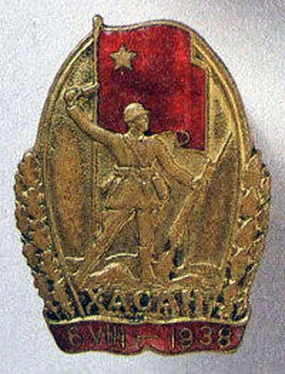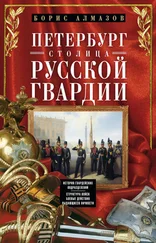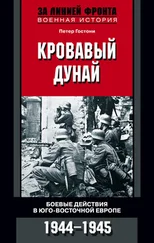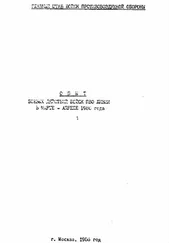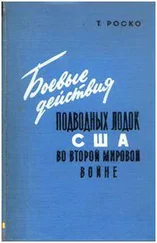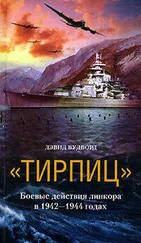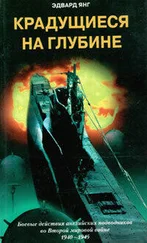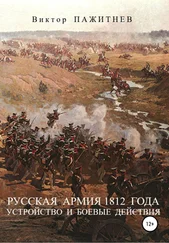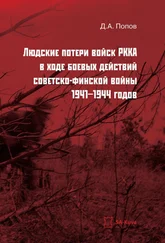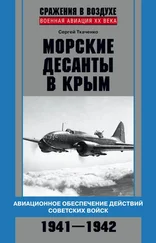Alvin D. Coox, The Anatomy of a Small War: The Soviet — Japanese Struggle for Changkufeng/Khasan , 1938 (Westport, Conn: Greenwood Press, 1977) — наиболее детальное исследование инцидента у озера Хасан.
Rikujo Jieitai kanbugakko5shiTshinkai, [Ground Self Defense Forces Command and General
Staff College], ed., Kindai Nihon sensoshi gaisetsu [An outline of modern Japanese war history]
(Tokyo: Rikujo Jieitai kanbugakk5 shushinkai, 1968), p. 180
Hata, «Japanese — Soviet Confrontation," p. 159
Kantogun shireikan [Kwantung Army Headquarters], «Kansakurei dai 1488 go bessatsu.
Man 'So' kokkyo funso shori y5ko» [Principles for the settlement of Manchurian — Soviet border
disputes], cited in Tsunoda Jun, ed., Gendaishi shiryo, vol. 10, Nitchu SensT, pt. 3 [Documents
on modern history, vol. 10, The Sino — Japanese War, pt. 3] (Tokyo: Misuzu shobo, 1964)
Boeicho senshishitsu [Ground Self Defense Forces Military History Room] ed., Nomonhan
jikenshi: Dai 23 shidan no sento [A history of the Nomonhan Incident: the battle of the 23d
Division], (1977) special study prepared for the use of students at the Japan Command and
General Staff College, p. 24 (hereafter cited as NJS)
«Kohon sanden 194 sono 1–5» [Komatsubara headquarters staff transmission 194, pts. 1–5],
13 May 1939, GDSSR 10, pp. 107–8. Originally classified secret.
NJS, pp. 14–15.
NJS, p. 15. For a comparison of IJA square and triangular divisions see Boeicho boeikenshujoU
senshishitsu, ed, Senshi sosho Kantogun (1) Tai So senbi Nomonhan jiken [Official
war history series: the Kwantung Army, vol. 1, Preparations for the war against the USSR
and the Nomonhan Incident] (Tokyo: Asagumo shimbunsha, 1969), pp. 166–69 (hereafter
cited as KG)
KG, p. 145.
U. S. Army, Office of the Chief of Military History, Japanese Research Division, Military History
Section, Headquarters U. S. Army Forces Far East, and Eighth U. S. Army (Rear), ed., Japanese Studies on Manchuria, vol. 5, Infantry Operations, 1956, p. 24.
KG, p. 167; Hohei dai 28 rentai dai 2 daitai [Second Battalion, 28th Infantry Regiment],
Koanhoku–sho shin bakuko sayokuki fukin Nomonhan fukin sento shoho [Detailed report of
fighting in general area of Nomonhan in Hsing–an North Province], 20 June‑16 September
1939, in Library of Congress, comp., Archives of the Imperial Army, Navy, and Other
Government Agencies, 1868–1945, Reel 133 (hereafter cited as Archives).
Shirokawa Yoshinori Rikugun daijin [War Minister Shirokawa Yoshinori], Sento koyo [Manual
of combat principles] (Tokyo: War Ministry, 1932; reprint ed., Tokyo: Ikeda shobo, 1977), pp. 1–2.
Rikugun kyoiku kanbu [Inspector General of Military Education], ed., Meiji 42 nen Hohei soten [Infantry drill manual, 1909 edition] (Tokyo: Rikugun insatsubu, 1909), pp. 2–6; Rikugun kyoiku kanbu, ed., Hohei sento
hkyoren hensan yoshi [Outline of the editing of the drill manual for infantry combat] (Tokyo: Rikugun insatsubu, 1945), p. 1
Fujiwara Akira, Gunjishi [Military history] (Tokyo: T5oy keizai shinposha, 1961), pp. 109–10.
Sento koyo, p. 12.
KG, p. 28.
Там же, p. 34.
Fujiwara, Gunjishi, pp. 188–89.
KG, p. 36.
Там же, p. 174
О подробностях этого боя см. A. Coox, Anatomy of a Small War
KG, p. 177
Kantogun heibi kenkyu chosa iincho [Chairman of the committee for the research and investigation
of the Kwangtung Army's military preparations], Nomonhan jiken kenkyu hokoku [Research report on the Nomonhan Incident], 27 November 1939, Archives, Reel 109. В оригинале документ был засекречен.
KG, p. 533.
U. S. Army, Office of the Chief of Military History, Japanese Research Division, Military History
Section, Headquarters U. S. Army Forces Far East, Japanese Night Combat, pt. 1, Principles of Night Combat (1955)
KG, p. 176
KG, pp. 441–43; NJS, pp. 24–28.
John G. Campbell, Major, U. S. Army, «The Khalkhin — Gol or Nomonhan Incident," (Research paper, U. S. Army Command and General Staff College, 15 May 1980), pp. 10–11.
Terrain and climate conditions adapted from NJS, pp. 19–23; KG, p. 536
KG, p. 536.
KG, p. 429.
NJS, pp. 21–22; KG, p. 493
NJS, pp. 30–42; KG, pp. 447–62. Всего потери японцев составили 159 убитых и 119 раненых. Японцы утверждали, что было убито 440 советских или монгольских солдат и уничтожено 22 танка или бронеавтомобиля.
Tsuji Masanobu, Nomonhan (reprint ed., Tokyo: Hara Shobo, 1975), p. 95.
NJS, p. 47.
Ibid., p. 47; KG, pp. 468–69.
NJS, pp. 48–49. Tsuji, Nomonhan, pp. 99–100,
NJS, p. 51; KG, pp. 469–70. Цудзи позже с горечью писал, «На месте Комацубары я бы совершил сэппуку». Tsuji, Nomonhan, p. 104.
«Dai 7 shidan shoko koto bunkan shokuinhyo» [A list of officers and high ranking military
officials of the 7th Division], 20 March 1939. В оригинале было засекречено.
Это описание взято из книги A. Coox, The Anatomy of a Small War: The Soviet — Japanese Struggle for Changkufeng/Khasan, 1938, p. 142.
«Senjo shinri chosa hokoku: Senjo shinri chosa ni motozuku shoken.» [Report of investigation
of battlefield psychology: observation based on investigations of battlefield psychology], дата написания неизвестна, но точно написано в 1939 г. (hereafter cited as SC). В оригинале засекречено
Там же
«Tai So sento yoko» [How to fight the Soviets], 1933, pp. 3–5. A much abbreviated form of this manual appears in KG, pp. 182–85. В оригинале засекречено
Согласно книге Э. Кукса (A. Coox) японцы сочли советских солдат в боях у Чжангуфэна/озера Хасан в общем тугодумными и апатичными противниками, не проявлявшими наступательного духа и инициативы, но отметили, что советские солдаты способны оказывать упорное сопротивление. См. A. Coox, The Anatomy of a Small War: The Soviet — Japanese Struggle for Changkufeng/Khasan, 1938. Одной из причин посредственных результатов действий советских войск названо присутствие у Чжангуфэна высокопоставленного армейского комиссара Льва Мехлиса, представителя Народного Комиссара Обороны. Согласно Дж. Эриксону, «Мехлис проявлял почти преступное пристрастие к фронтальным атакам; советские войска атаковали японские пулеметы, расположенные на высотах». См. John Erickson, The Road to Stalingrad
Читать дальше
